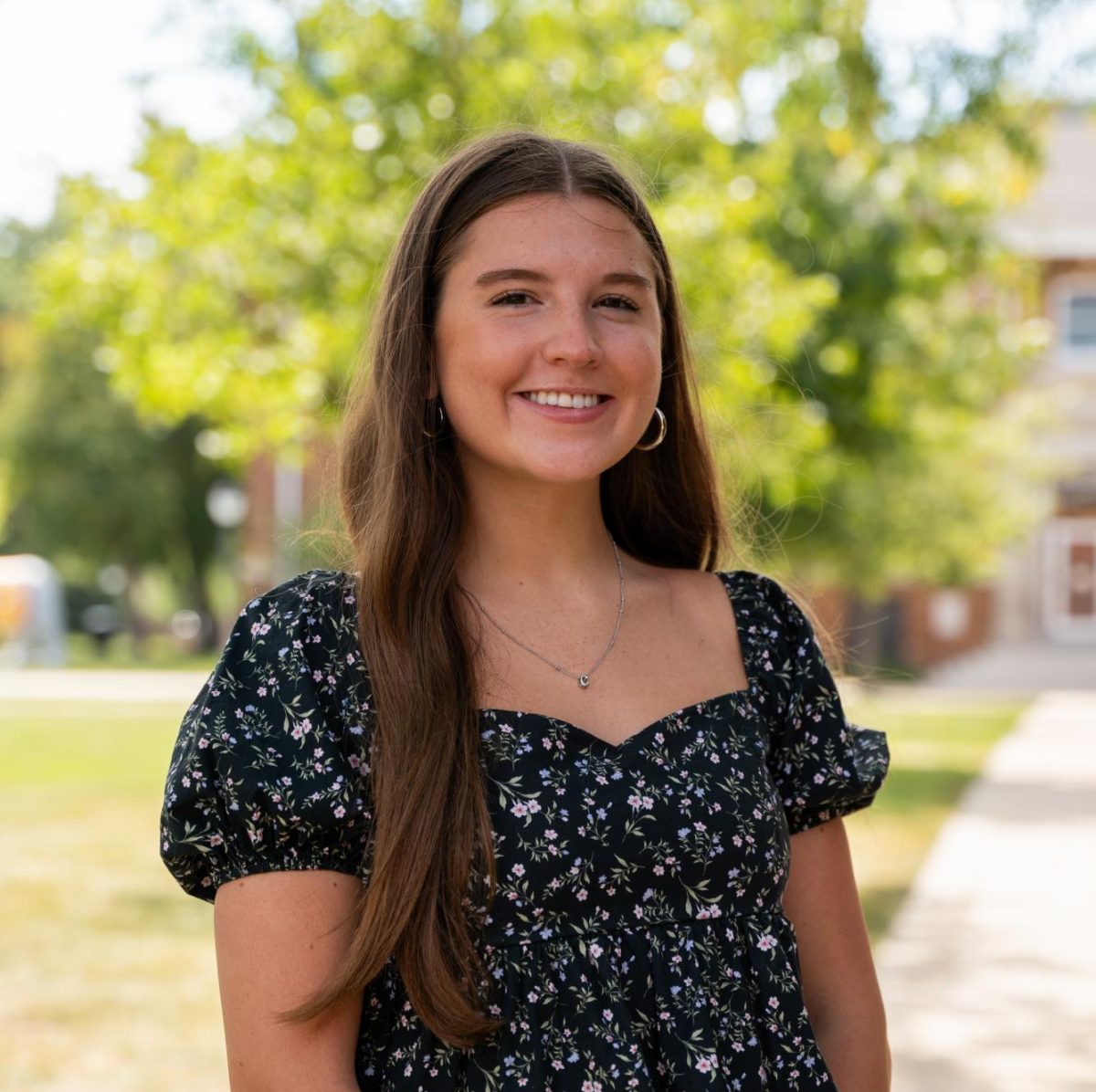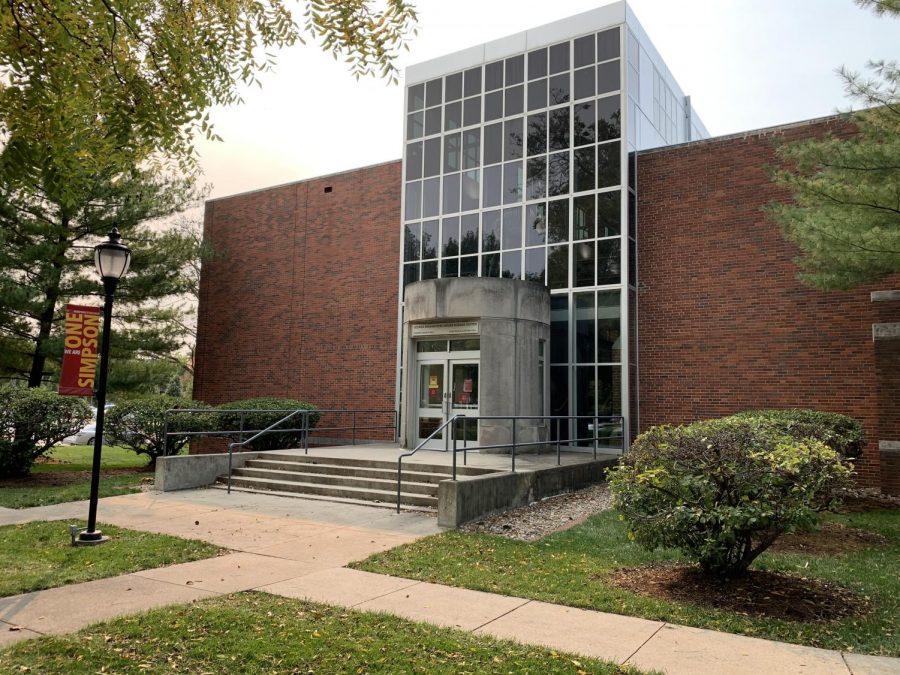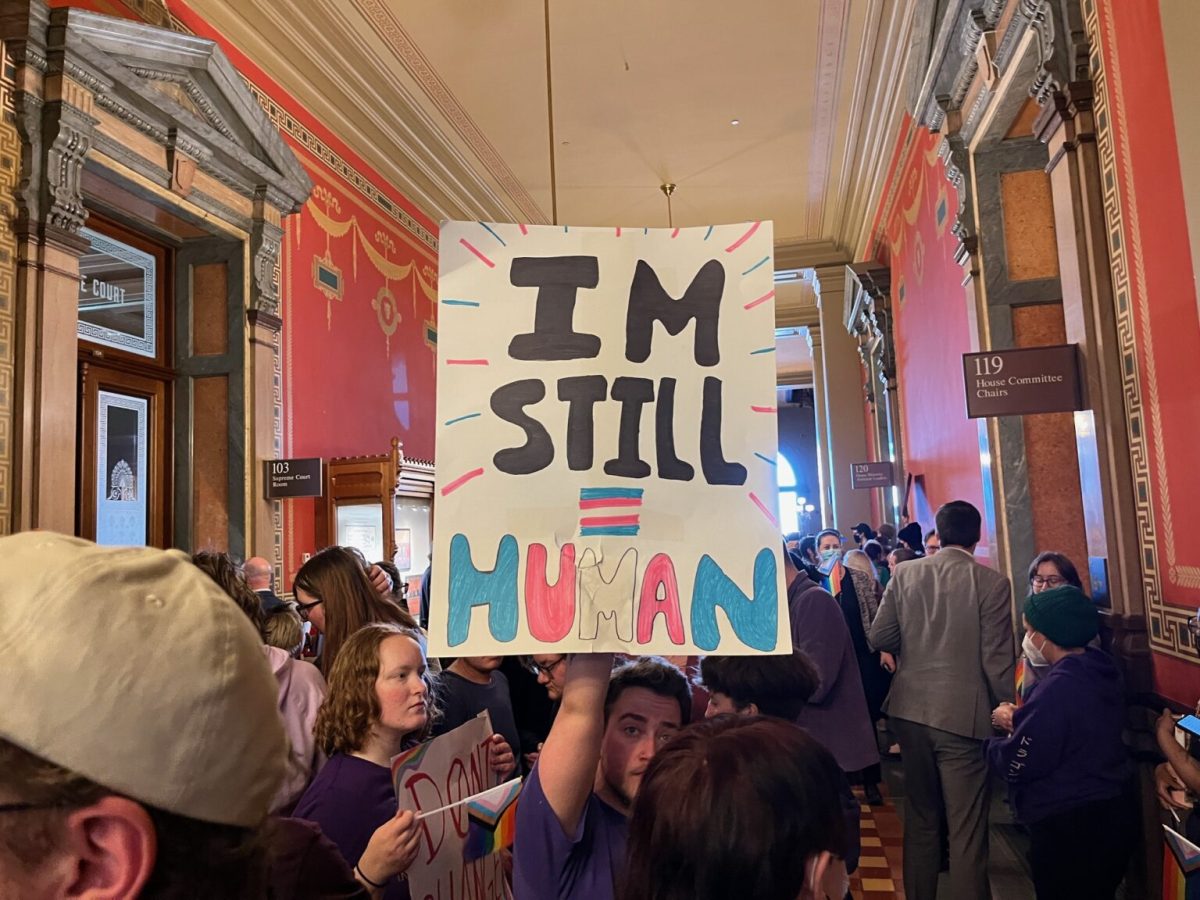Last week, I rolled up to campus and was surprised and slightly distressed to see several pallets of plastic-wrapped bags of mulch. The pallets seemed to multiply each day.
In an era when the average person consumes a credit card’s worth of plastic every year, it seems strange to be so wasteful.
“What is the alternative?” you may ask. Well, Indianola has a Brush Facility that provides mulch free of charge. Yes, it doesn’t open until April 6, but Campus Day could be moved back, and I wouldn’t be surprised if the city would be willing to give Simpson an exception.
It would take some logistical work, but given that Simpson spent the last year and a half renovating Dunn, I don’t think it’d be an impossible task.
Why does Simpson choose not to get their mulch more sustainably? I don’t know, and I don’t care. Whether it’s laziness or ignorance, it’s a problem.
Next time you’re walking to your class, take note of the lawns. There are indeed occasional patches of foliage, but the vast majority is mostly Kentucky bluegrass.
Why is this a problem? In a paper titled “Financial Analysis of Converting Rural Lawns to Pollinator Habitat in the Corn Belt,” the Journal of Fish and Wildlife Management explains that the intensely managed monoculture lawns of modernity don’t support biodiversity. This means that Monarch butterflies, grassland birds, native bees and other pollinator populations struggle to survive in this environment.
As anyone with even a passing knowledge of ecology can tell you, pollinators are very low on the food chain. However, the consequences of dying pollinators work their way upward.
There’s another harm hidden below the surface. We have for decades now understood that mycelium networks connect plants up to thousands of miles.
These networks provide a vital source of nutrient sharing for things like phosphorus, as well as helping to decompose dead plants so their nutrients can be recycled back into the ecosystem.
One way to know that a mycelium network exists is the presence of mushrooms. When was the last time you saw mushrooms on Simpson’s lawn?
That’s not a coincidence, by the way. Besides —I’m guessing —using a fungicide, Simpson regularly aerates the lawn, a process known to disrupt and destroy mycelium.
This probably helps to explain why there are so few blooming flowers on Simpson’s campus and in Buxton Park. No pollinators and no mycelium network means no native wildflowers.
The solutions to this are even more obvious. Use a different seed formula, don’t go to war with the weeds, plant wildflowers around campus and stop aerating the lawn.
Besides being good for the environment and more attractive to the eye , this would also probably be cost-effective. The paper I mentioned earlier concluded that pollinator habitats were 80-95% cheaper to maintain than traditional lawns.
Let’s do one more. Simpson has a lot of roof space. Kent is currently fully powered by solar panels, which is a step in the right direction, but why not install more?
Iowa has a solar energy system tax credit that would almost pay for the whole installation process and the rest would be made back over just a couple of years from cost savings on energy.
I don’t know why Simpson hasn’t bothered to invest in solar beyond Kent, but it doesn’t really matter. The point is that there are dozens of things Simpson could very easily be doing to help the environment and the ecosystem.
None of these things are free and they all have tradeoffs, but the same is true of the status quo. It strikes me as laziness or apathy that these changes haven’t been made.
If you look through Simpson’s mission statement and philosophy, you’ll find no mention of the environment. If you read statements from the board or president, you’ll rarely, if ever, find a discussion of climate change.
It’s no wonder environmentalism isn’t a part of Simpson’s action when it’s not a part of policy.
As with most environmental harms, the problem isn’t that solutions don’t exist, it’s that no one can be bothered to do them, but what really twists the knife is the history of the land being mistreated.
Like most of the U.S., Simpson sits on stolen land. There used to be four tribes in this area: the Sauk & Fox, Očhéthi Šakówiŋ and the Ioway, whom the state is named after.
It’s the same story as everywhere else. A series of broken promises and brutal massacres slowly forced the indigenous populations out of Iowa so the territory could subsumed into the insatiable U.S.
What makes Iowa unique is that we don’t have any Indian Reservations. The Meskwaki tribe does own significant land in Tama County, but besides that, Iowa seems like one of the states in which the genocide of the Native Americans was most successful.
We aren’t responsible for this history, but the least we could do is recognize it and be better stewards of the environment now that it’s ours.
It’s not our land, but it is our Earth. It’s time Simpson started taking better care of both.
Opinion pieces are reflective of the individual writer’s opinions. These pieces do not reflect the opinions of The Simpsonian staff, the editorial board or the paper.










